Lamborghini Urraco Dipersembahkan Pertama Kali 50 Tahun Lalu
Balik kepada tahun 1970-an, pengeluar supercar semua berusaha mencapai jumlah pembeli yang lebih besar dengan membuat kereta prestasi yang dapat diakses dengan prestij jenama yang sama dengan kereta mereka yang lebih besar. Ferrari mempunyai Dino. Maserati mempunyai Merak. Ini adalah kenderaan yang kurang dikenali, tetapi masih penting bagi sejarah jenama. Bulan ini, Lamborghini melihat kembali kepada kereta prestasi ‘bajet’ 70-an mereka sendiri kerana 50 tahun telah berlalu sejak ia pertama kali dipertontonkan. Lamborghini Urraco ini membuat debutnya di Turin Motor Show dan menampilkan gaya dari Carrozzeria Bertone.

Kejuruteraan tempat duduk 2 + 2 nya, Urraco berkuasa V8 ini adalah ciptaan yang melangkaui masanya. Ia adalah kereta produksi pertama yang menampilkan suspensi gaya MacPherson Strut untuk bahagian depan dan belakang. Urraco menampilkan enjin V8 anjakan yang agak kecil mulai dari motor 2 liter hingga 3 liter. Pada awalnya, Urraco mendapat V8 2.5 liter yang mengeluarkan 220hp pada 7800rpm. Ia mempunyai kelajuan tertinggi 245km / j. Enjinnya dilengkapi dengan 4 karburator badan dua Weber.

Urraco dibina dengan enjin 2.5 liter dari tahun 1970 hingga 1976, sebelum enjin 2.0L dan 3.0L masing-masing muncul pada tahun 1974 dan 1975. Menjelang akhir pengeluarannya pada tahun 1979, 776 Lamborghini Urracos telah dihasilkan.

Kenyataan Media
This year marks the 50th Anniversary of the Lamborghini Urraco, unveiled at the Turin Motor Show in late October 1970. This model immediately stood out for having introduced technical solutions that were very innovative for the time, thanks to the contribution of engineer Paolo Stanzani, the technical father of the Urraco and Lamborghini’s Chief Technical Officer at the time. The styling of the project was entrusted to renowned designer Marcello Gandini, who in that period was principal designer for Carrozzeria Bertone.
The Urraco is a fast 2+2 coupé, with mid-mounted V8 rear engine and independent suspension, with MacPherson strut system on both front and rear, for the first time on a production car.
Initially presented with the 2.5-liter V8 delivering 220 hp at 7800 rpm and top speed of 245 km/h, the Urraco featured the double novelty of an 8-cylinder engine and distribution with a single overhead camshaft per bank. The technical refinement was completed by the use of a “Heron chamber” engine head with flat inner part and the combustion chamber contained in a depression in the top of the piston. This solution combination made it possible to use a higher compression ratio without increasing the costs. Another novelty for Lamborghini was the four Weber double-body 40 IDF1 type carburetors.
The production system for the car was another innovation, planned from the early stages of the project to be much less artisanal than the other Lamborghini models. The creation of the Urraco was attributed to an express wish of Ferruccio Lamborghini, who was eager to expand the company’s production and make a Lamborghini that would be accessible to a wider, albeit limited, public.
Only 4.25 meters long, the Urraco’s interior spaces that were highly innovative in terms of the conformation of the dashboard, the position of the instruments, and the dished steering wheel.
Introduced as P250 Urraco, where the “P” stood for the rear (posteriore) position of the engine, and 250 for the engine capacity (2.5 liters), it was produced from 1970 to 1976. The Urraco was then proposed at the 1974 Turin Motor Show in the P200 version with reduced displacement (1,994 cc, 182 hp), intended for the Italian market, from 1975 to 1977. The next version P300 (2,996 cc, 265 hp) presented in 1974 was produced from 1975 to 1979. The concept successfully tested and brought to market by the Urraco led to the subsequent 8-cylinder models and the more recent 10-cylinder models, such as the Gallardo and the current Huracán.
Units produced
P250 Urraco: 1970-1976: 520
P200 Urraco: 1974-1977: 66
P300 Urraco: 1975-1979: 190


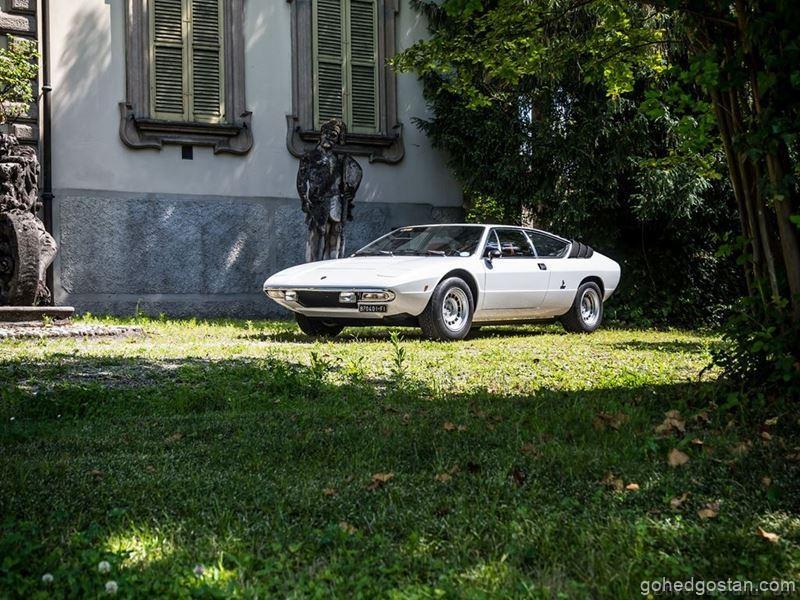
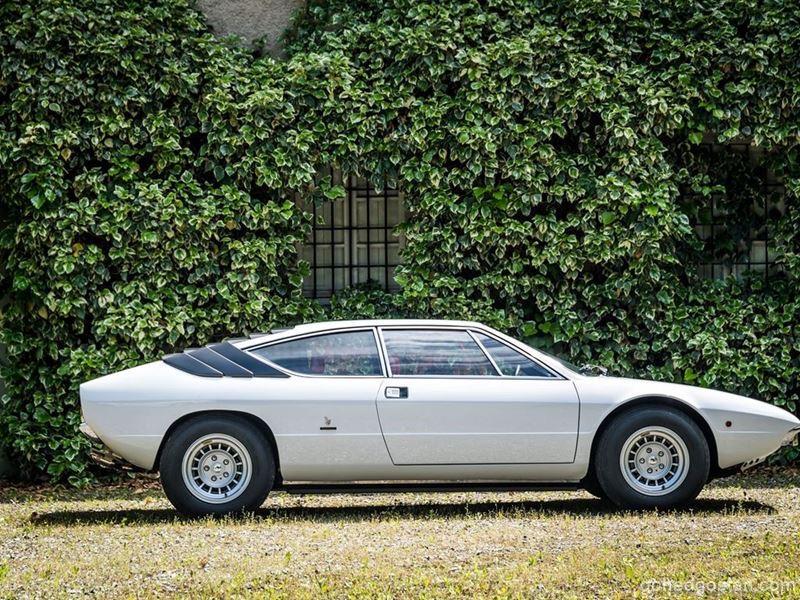
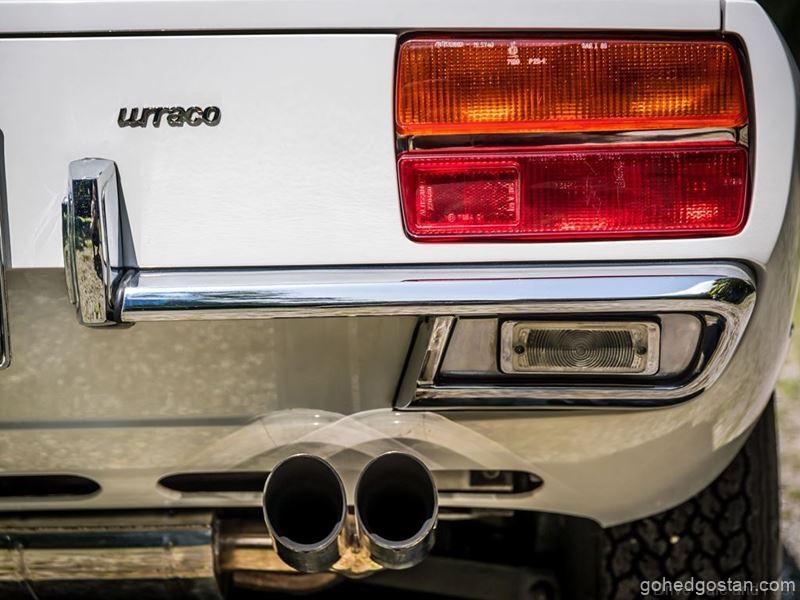
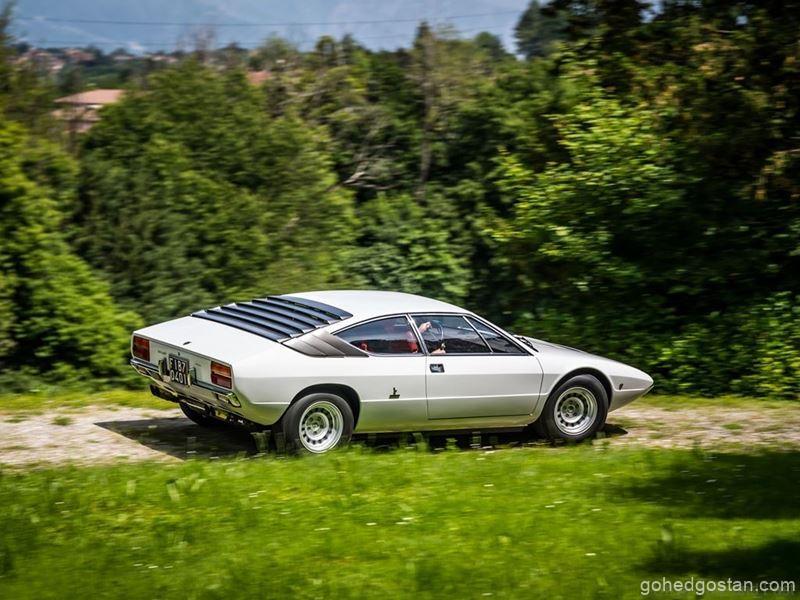
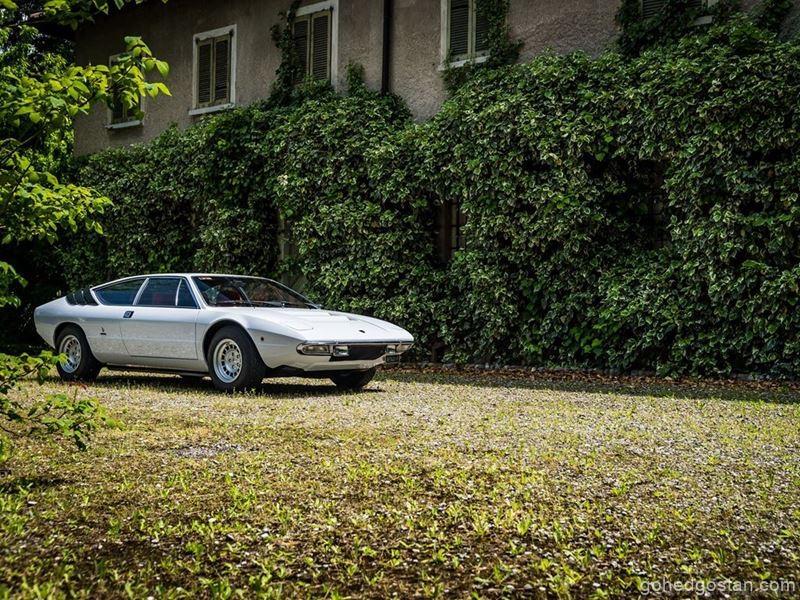
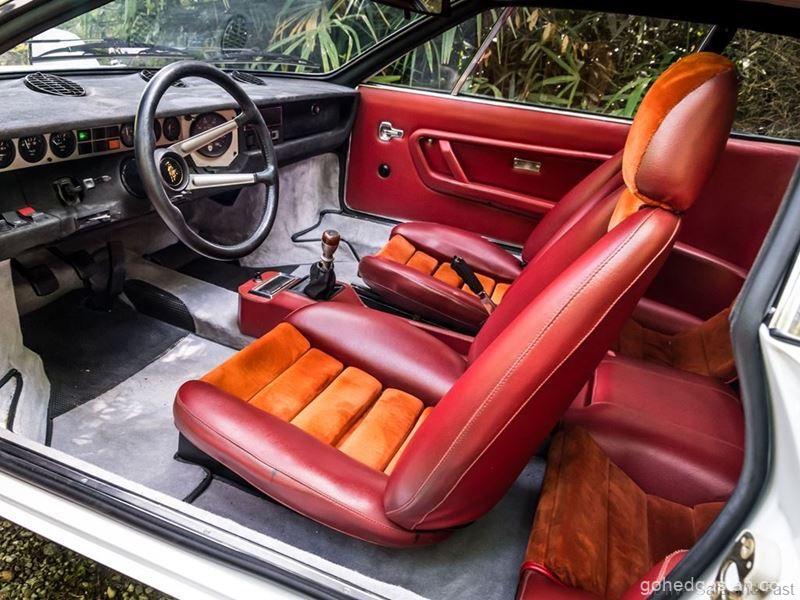
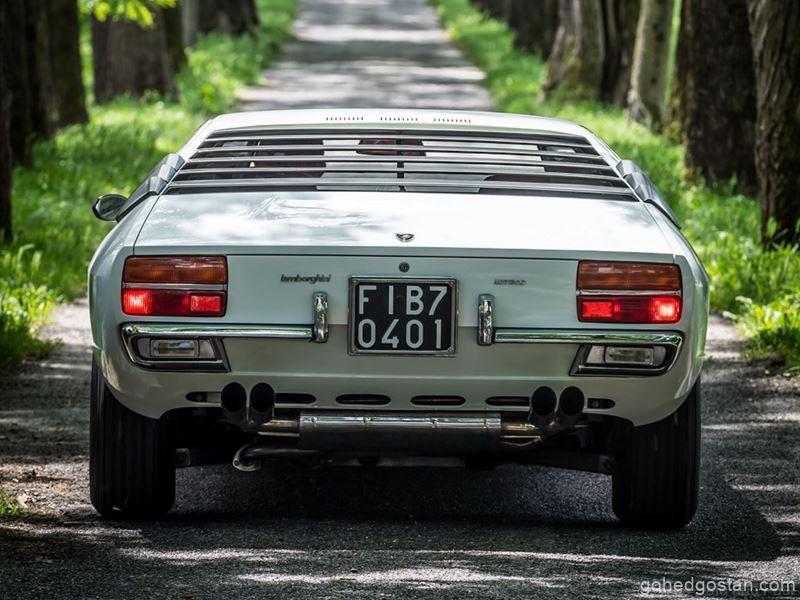
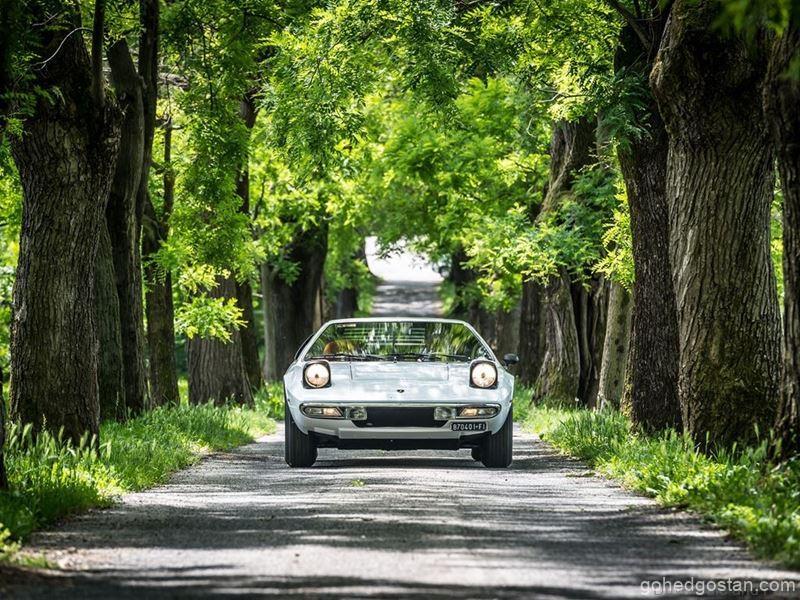
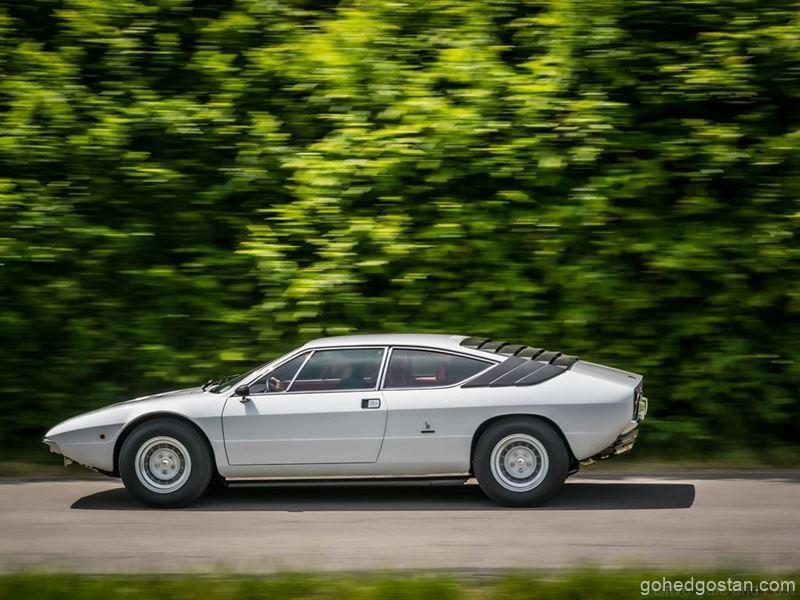
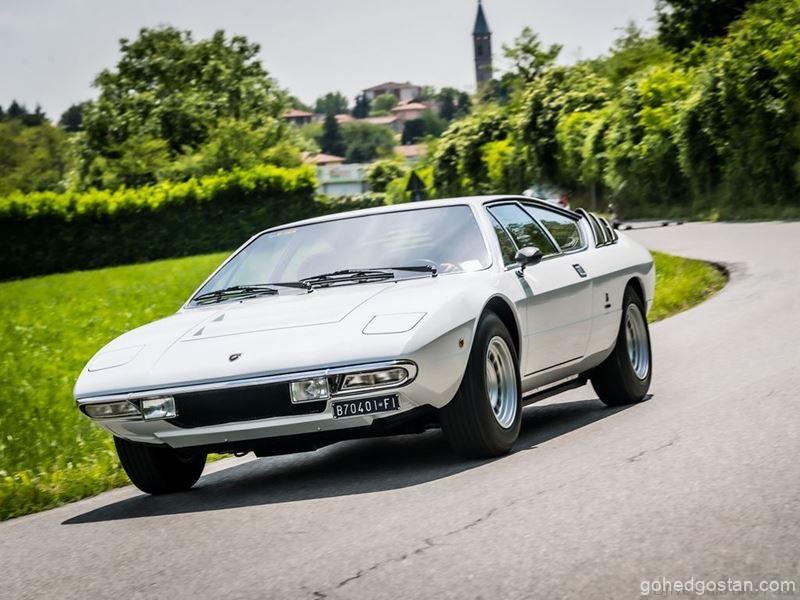
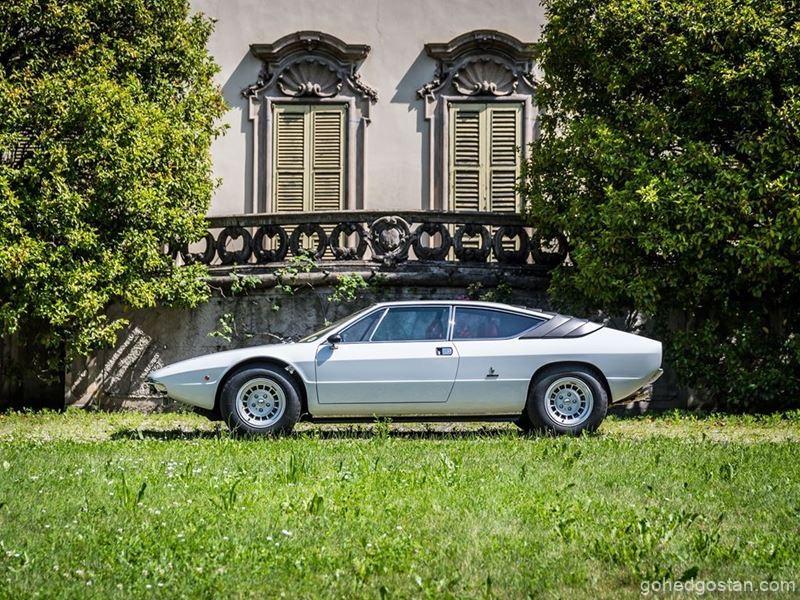
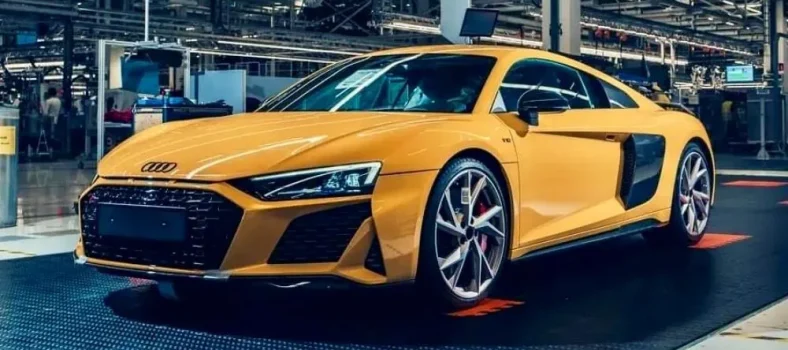
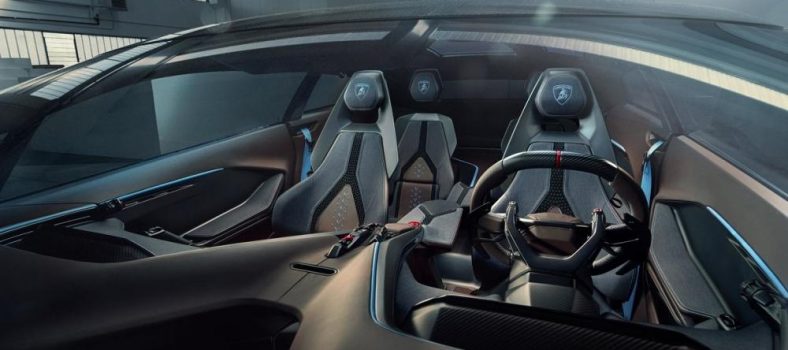
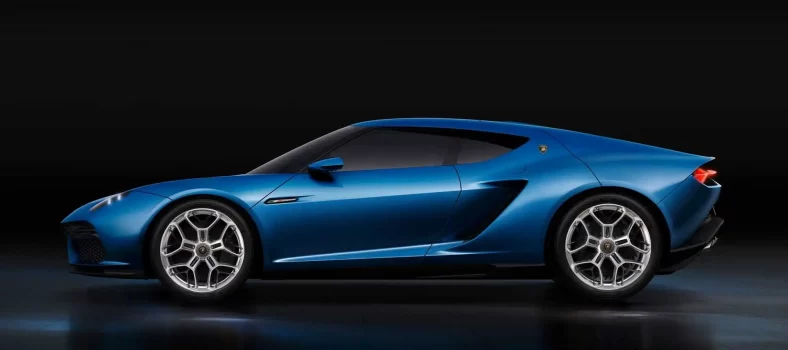
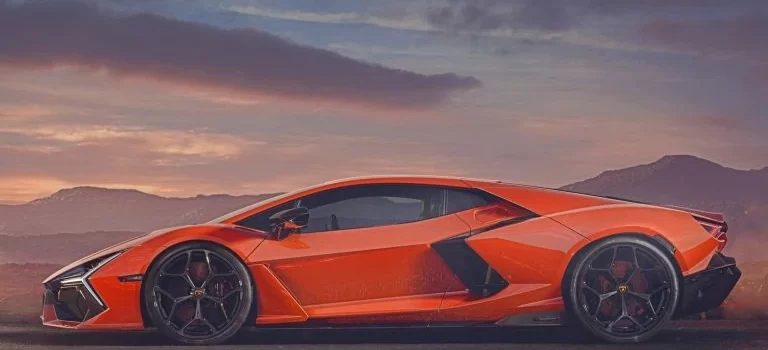
No Comment